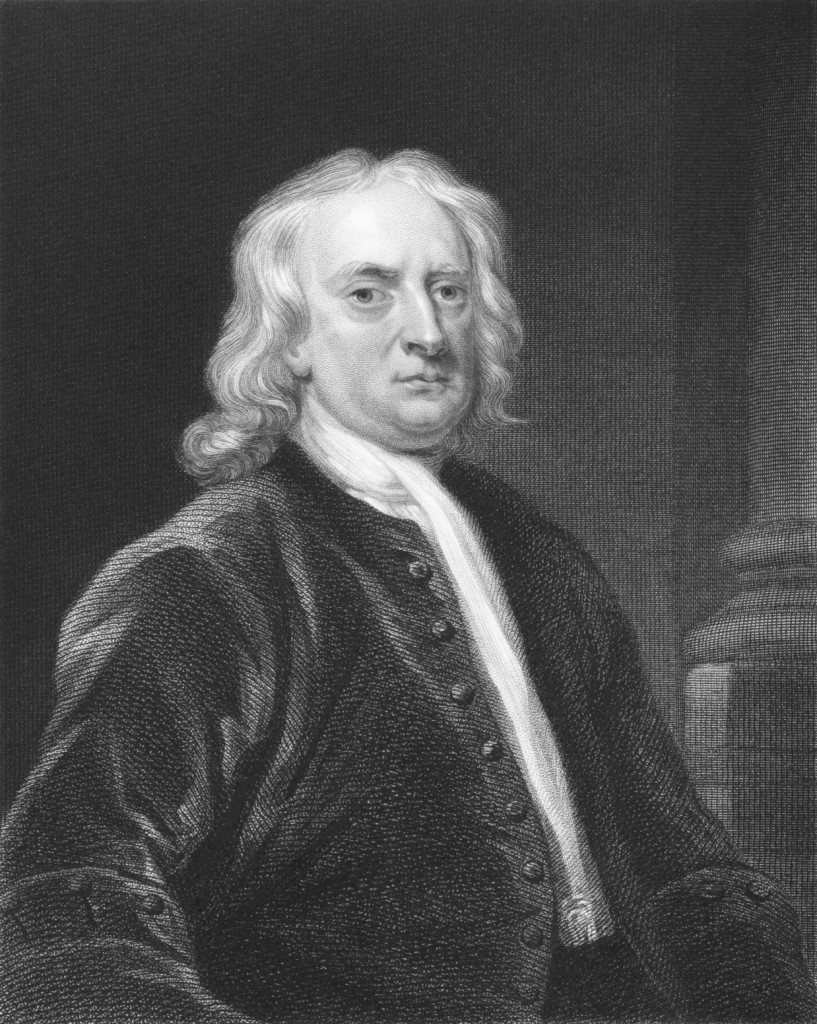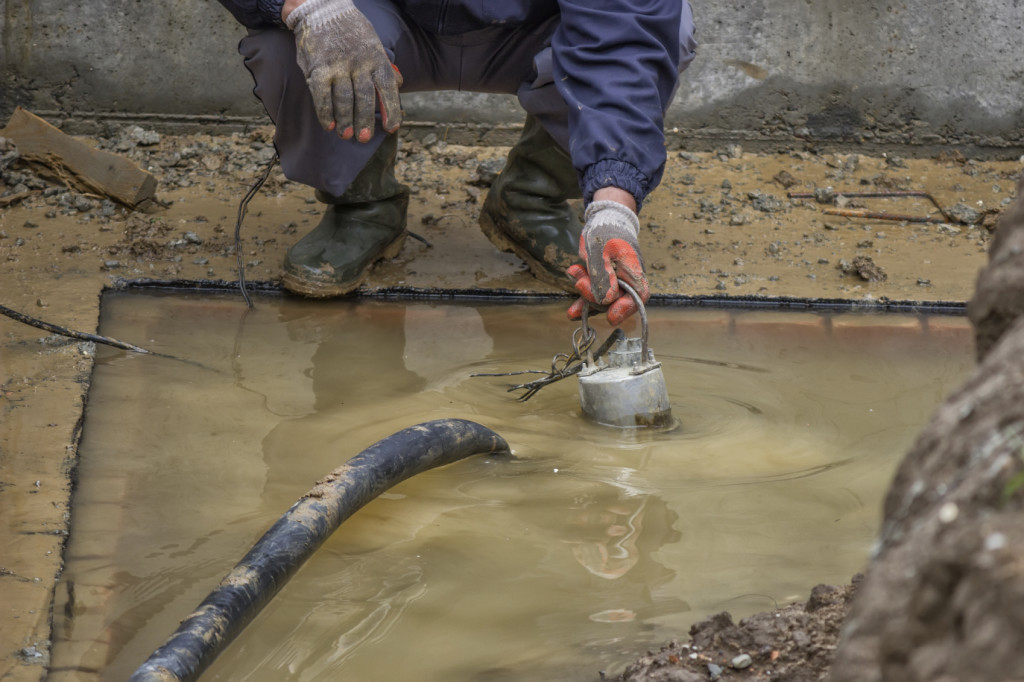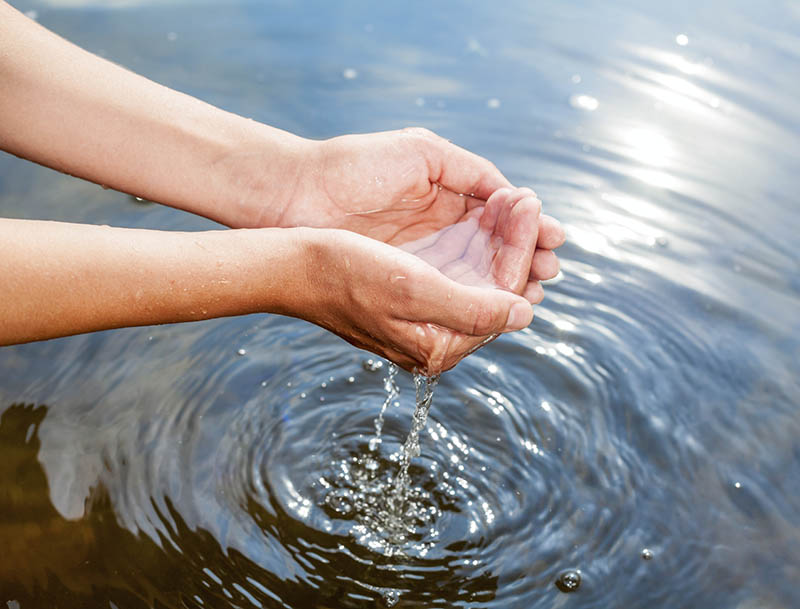There’s a wonderful quote in 80’s comedy hit Blackadder…
‘Baldrick, I find the General Northern and Metropolitan sewage system interesting, but that doesn’t mean that I want to put on some rubber gloves and pull things out with a pair of tweezers.’
If we’re all honest, that’s probably how a lot of you feel. You know that the drainage and sewer network is an engineering marvel, but you don’t know how it all really works – and it’s a job so dirty you’d rather not know.
Well, actually, we think it’s pretty intriguing what happens down the pipes. And we think you’ll think so too…
It starts with two pipes – one to bring water into your house; one to take sewage away from your house. You probably won’t be surprised to learn that the toilet is the largest drain pipe connected to your house, and that curved P- or U-shaped pipe you see is known as a ‘trap’, which holds water in the bowl.
So what happens when you flush?
Gravity takes over (You can thank Isaac Newton for that).
The waste enters the main waste pipe, heading down towards the main sewer line. This then connects to a bigger pipe maintained by your water utility company. Up until the point that the pipe crosses your boundary, the responsibility to maintain it lies with the homeowner or landlord. So when you’re experiencing a drain blockage, grab yourself a professional, qualified plumber (*Ahem*) to fix what’s wrong.
Once the waste water is in the mainline pipe, it’s channelled towards the water treatment plant, flowing through screens that filter out any large rubbish that has no right to be there, but somehow found its way into the pipe. This stuff heads for a landfill. The waste water, on the other hand, finds itself at the water treatment plant.
Here, it’s treated a good few times. First, any remaining gunk is ground down into slurry that hits the bottom of the water and can be easily removed. Then high-pressure pumps create bubbles that draw unsanitary matter to the surface of the water, which can then be skimmed off like too much head on a pint of bitter.
On to treatment number two. Super bacterium is released into the water to both help break down the sludge and gnaw at any remaining organic matter. The water can then be filtered again through a secondary clarifier, excising the bacterium. Boom. At this point most waste water is now safe to flow back into the water delivery pipes, to come out of your taps (Or ending up in your loo bowl).
Easy when you know how!
For expert discussion about your drainage, and how to ensure your water flow stays healthy, if you have a blocked drain in Derby or Nottingham get in contact with us on 07967 029 298.




